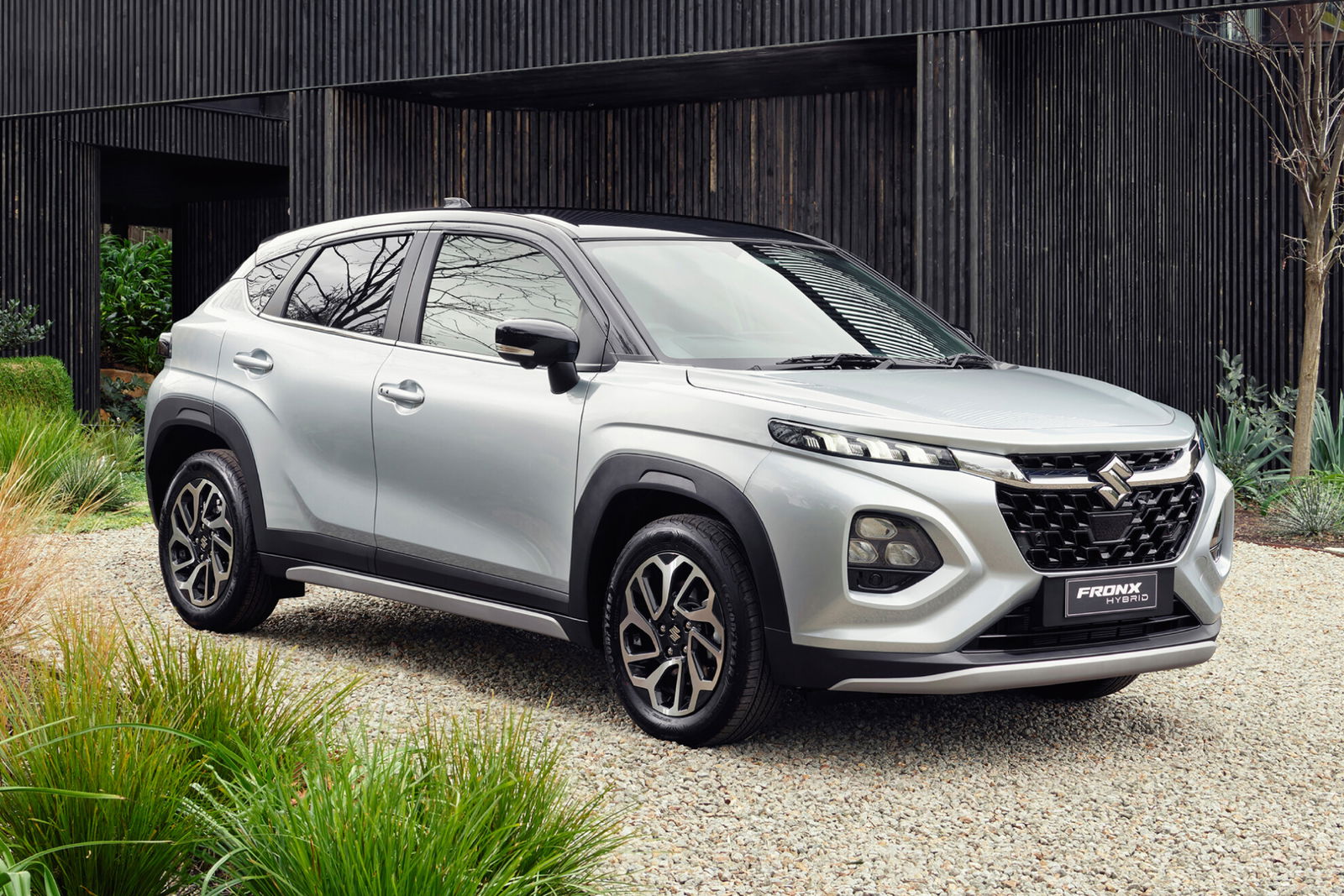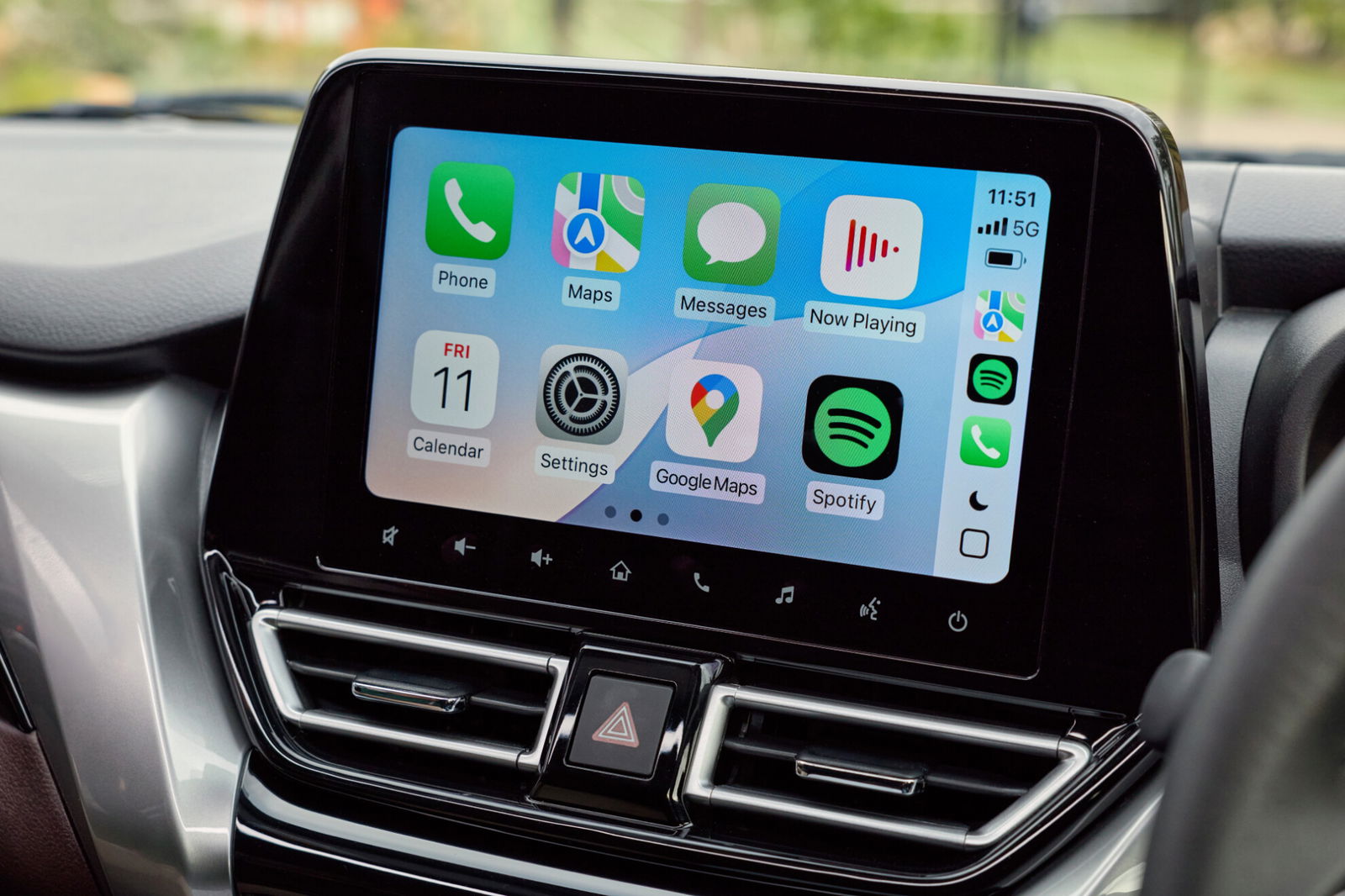The Suzuki Fronx is the brand’s latest hybrid-badged model to go on sale in Australia, joining a growing number of electrified options in its local showrooms.
Kicked off with the new Swift hybrid last year, the Fronx is set to be followed by the larger Vitara hybrid and the all-electric eVitara, as the marque aims to lower its fleet emissions, driven up mostly by the popular Jimny 4×4.
Priced from $28,990 before on-road costs – with an introductory drive-away offer of under $30,000 teased when it arrives in September – the Indian-built Fronx is up against a glut of competitors, not only from Chinese rivals but also South Korea.
But while the Fronx’s hybrid name conjures up cars like the Toyota RAV4 and Corolla, Suzuki’s system is a touch more basic, and might not make as much of an impact as expected.

Rather than most traditional hybrids which employ an electric motor – typically in the transmission – to assist the petrol engine at low speeds or at minimal throttle inputs, the Fronx’s is a mild-hybrid system.
Mild-hybrids have featured in a number of models, from the Hemi-powered Ram 1500 to BMW’s 3 Series and even the Toyota HiLux, and they work by replacing the alternator with an integrated starter-generator, which helps run ancillary components while putting charge back into the battery.
However, where Suzuki’s system differs from a majority of its competitors is its power. While almost every mild-hybrid model in Australia uses a 48-volt battery and ISG, the Fronx’s is a 12-volt system.
That means the only times it’s doing some kind of fuel saving is at very low speeds when you’re about to stop or take off, meaning it may not make the kind of impact you’re expecting if you’re used to riding around in traditional hybrid taxis or Ubers.

Suzuki quotes a fuel economy figure of 4.9L/100km for the Fronx, a good effort given its 1.5-litre four-cylinder petrol engine produces 76kW and 137Nm, while driving the front wheels through a six-speed automatic transmission.
On a mixed drive of single-lane country roads, town centres and freeways about 90 minutes north of Melbourne, we averaged a fuel consumption figure of 5.6L/100km, however some other members on the drive – albeit taking different routes – reported numbers well into the 6s.
Acceleration isn’t swift, though its kerb weight of 1065kg means it isn’t as weighed down as some of its rivals, primarily thanks to the absence of a heavy battery for a traditional hybrid system.
That relatively light weight also helps in the corners, where the Fronx feels light to turn in, though mid-turn bumps can feel a tad unsettling due to the torsion-beam rear suspension.

While it’s not aimed at being a driver’s car, the steering is a tad vague, suggesting this is a car far more comfortable on slow city streets than winding backroads.
You can select your own gears through the steering wheel-mounted paddles, which can override the automatic box when in Drive, or be purely at the driver’s control when pushed back in manual mode. Be careful though, as it’s located behind Drive with no lock-out, meaning it can be easily selected when taking off.
It can also struggle to settle in a gear. Driving at 100km/h down flat country roads, it had a hard time deciding whether it wanted fifth or sixth, though this was less of a concern with cruise control on.
The Fronx rides on Goodyear tyres, and while they’re comfortable and quiet on smooth surfaces, quite a bit of road noise penetrates the cabin on coarse tarmac.
Inside the Fronx is well-equipped, with the driver not only getting a 4.2-inch instrument cluster screen in between the two analogue displays, but also a head-up display – and one which can be read using polarised sunglasses.
Fabric and leatherette upholstery features throughout the cabin, and while the front seats are comfortable, the side bolstering is perhaps on the slightly soft side, though they’re not expected to be Recaros.
A 9.0-inch touchscreen infotainment system sits in the centre of the dashboard, and can be connected to Apple CarPlay and Android Auto via a USB-A socket or wirelessly. Trying the latter with an iPhone 16, we had no issues.

The climate control system is basic but effective, as are the heated seats for front passengers, activated by a centre console switch.
In the back there’s room for three occupants, with a surprising amount of legroom. At six-feet tall I had plenty of space for my legs behind a slightly smaller driver, however my head was just rubbing on the roof.
The boot features a neat hidden floor, and below it is a tyre repair kit, oddly sitting inside a cutout for a spare wheel not fitted to Australian examples. Boot space is ample at 304 litres with the rear seats up and 605 litres when folded.
This may be a solid city SUV option for anyone not interested in the many Chinese options available, or unwilling to try some of its South Korean competitors. However, be sure to take a test drive on some of your local and main roads beforehand, as the lack of power and real-world fuel consumption may be a surprise.

















Discussion about this post